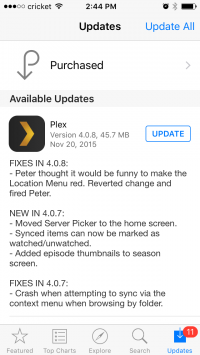If you work in the world of web design, it is crucial you do not infringe upon copyright laws. If you do, you could end up paying some hefty fines or even being prosecuted. So, check out these five common copyright pitfalls you need to avoid.
Not Copyrighting Your Own Work
While most copyright infringement pitfalls web designers face are to do with avoiding using copyrighted materials, you also need to know how to protect your own work to ensure no one else steals it. For things like patents, trademarks, intellectual property litigation, and copyright, check out how Heer Law can help you to stay protected and grow your business with innovative intellectual property solutions.
Using Copyrighted Images
One of the most common issues web designers face with regards to copyright laws concerns the images used in layouts. Some web designers simply pull images from a stock photo library without stopping to check whether it is licensed or unlicensed. Using unlicensed images constitutes copyright infringement. With detection tools improving all the time, image copyright issues are being discovered more easily. When you use images in your layout, even if they are just being used as placeholders, it is essential you locate images that can be used legally.
Manipulating Copyrighted Images
You may think that if you model a design based on a photograph, you will not be infringing on the copyright. But you would be wrong. You are not allowed to draw a picture based on a copyrighted image. Nor are you permitted to use software to manipulate copyrighted images. So, simply stay away from using copyrighted images for any purpose.
Using Dummy Copy
Dummy copy dates back to pre-internet times, but many web designers still use it for various reasons. However, if your dummy copy is pulled from another site, even if you are only using it for testing purposes, it will constitute copyright infringement. To avoid this pitfall, either use content from your client’s current site or use true lorem ipsum text. Be extra cautious of scraping RSS feeds for filling up test applications or blogs, as your test site could be mistaken for a spam site.
Using Source Code
It is common practice for web designers to crib some of their source code from other sites or their previous work. Taking a portion of a page for a few CSS elements from a stylesheet or a table format will typically not constitute copyright infringement. But when you take entire stylesheets or theme elements, you will probably be infringing on the copyright. The reason for this is an HTML code is considered an original work of authorship, meaning it can be protected by copyright. The simplest way of ensuring you avoid source code copyright infringement is to create as much of the code as possible yourself.
Platform Licensing
These days, most sites are built on top of a platform like WordPress, Wix, or Joomla. But you need to be aware that many of those tools have strict licensing requirements. One of the most common errors is installing a purchased application on too many platforms, such as buying a one-domain license for an app but using it for multiple clients. Even some open-source applications can pose risks for web designers as attribution lines in the code and files on the server are needed as part of the licensing agreement. Before you begin using any software to build a site, take some time to read through the license to fully understand the nuts and bolts of the agreement. More and more developers are tracking down designers who violate their licenses, so it is crucial you remain within the parameters of the copyright.

